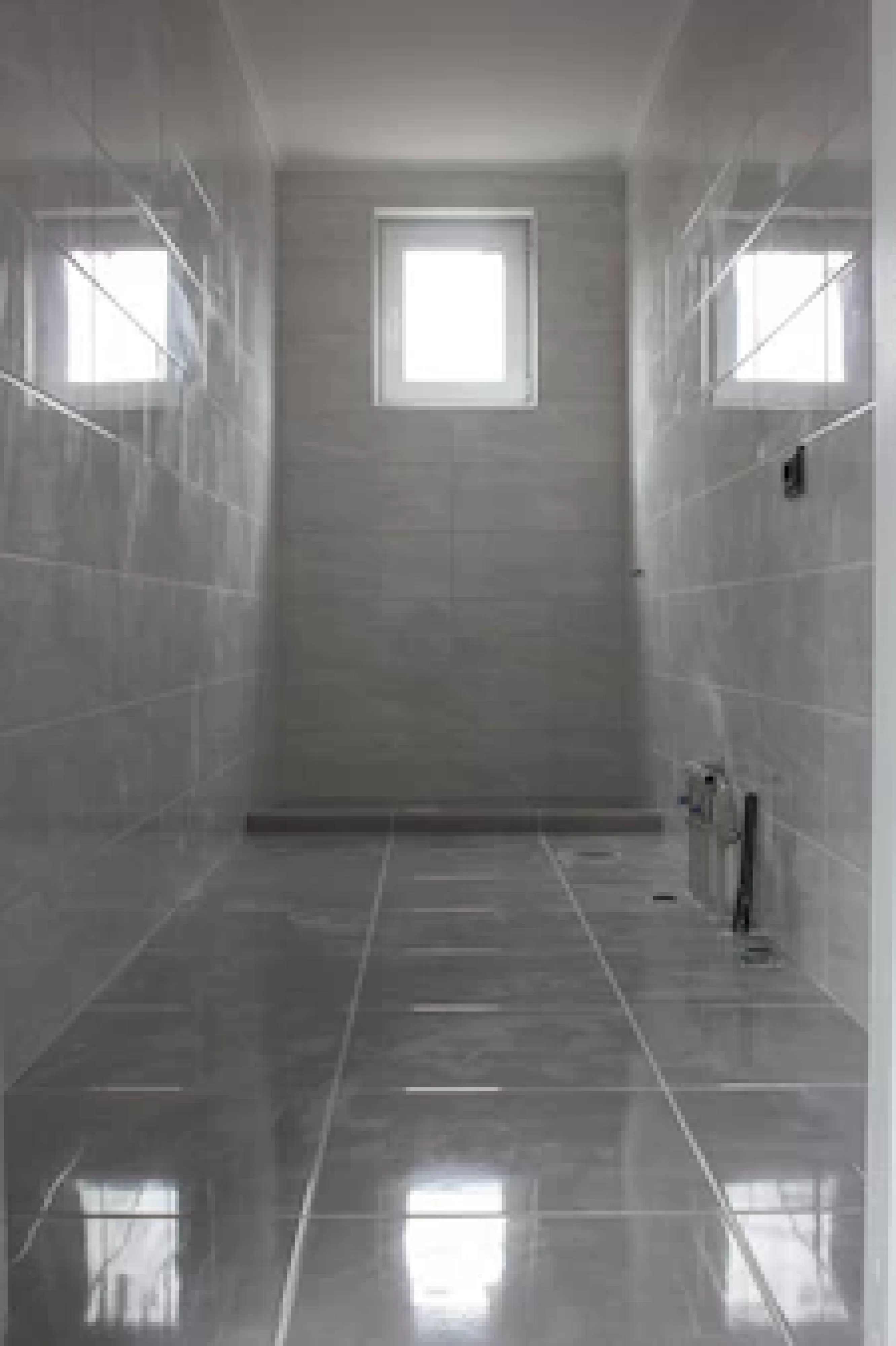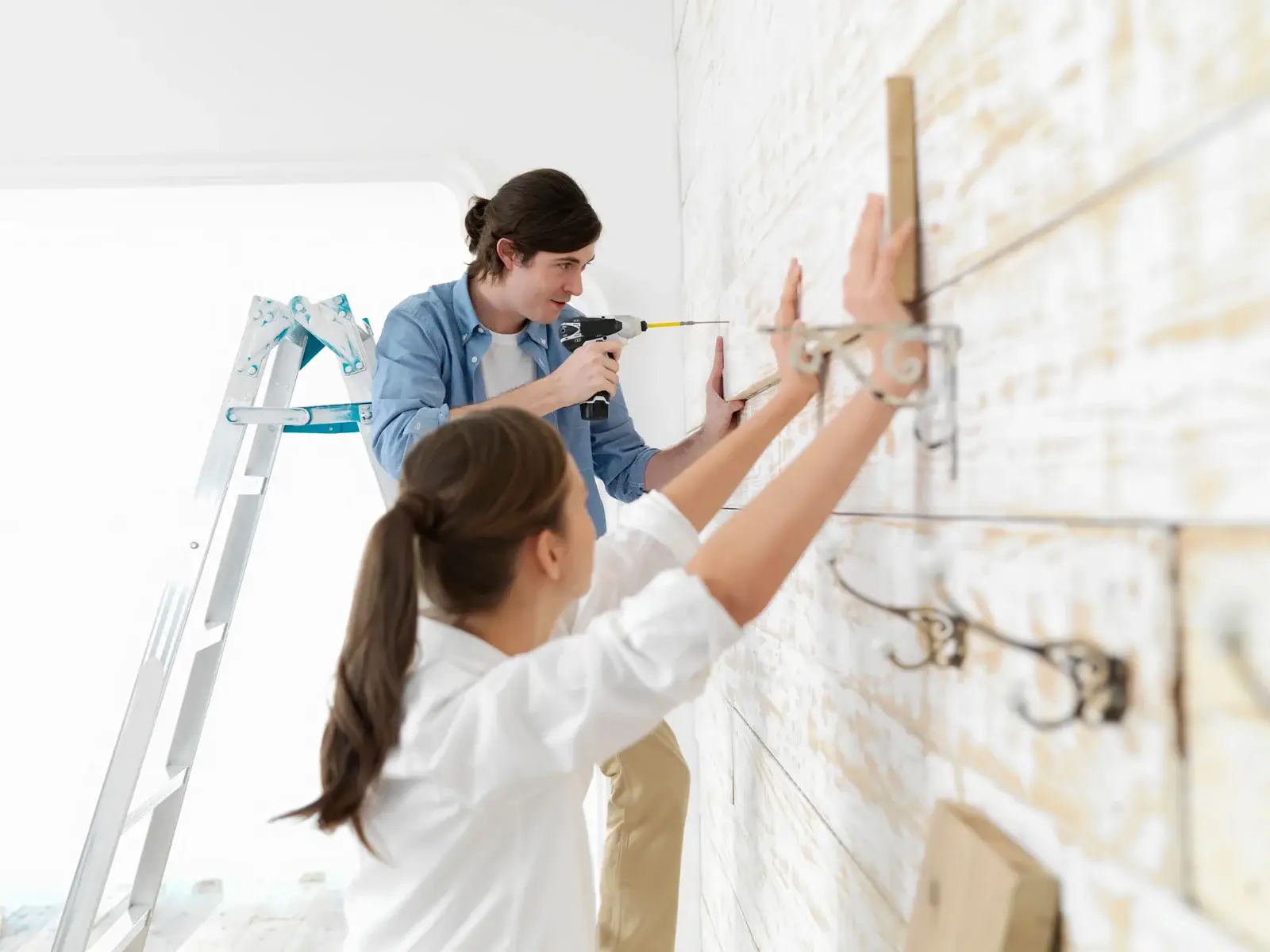During the winter, it is possible for water pipes, particularly those that are “exposed,” to freeze and rupture. If you want to avoid expensive repairs and a significant amount of annoyance, you need to make sure that the mobile home plumbing is winterized before the temperature lowers to the freezing point. Exposed pipes are typically found in unheated crawl spaces, garages, and external walls.
On the other hand, pipes that lock inside walls or in basements that heat are normally not at risk of freezing. Thus there is no need to insulate them against the cold. To your relief, it is possible to winterize the Mobile Home Plumbing system of your mobile home without having to spend a lot of money or even hire a professional.
You can prevent the effects of cold weather on your pipes by utilizing a few easy tricks, which discuss further below.
What do you need to know about Mobile Home Plumbing in winter?
Mobile homes are more vulnerable to pipe freezing
Because mobile homes are often smaller and constructed out of materials that are thinner, including those used for their walls and foundation, pipe freezing is a common problem in mobile homes.
The steps you need to take to ensure that your mobile home is secure follow a different set of plumbing guidelines than those for a traditional house. Your first order of business is to determine whether or not your mobile home sits on a foundation or skirting.
If you are skirting, you have to check beneath the home before the snow hits, and you also need to check the outside of the house to ensure there aren’t any damaged places.
The skirting prevents chilly air & wind from blowing directly into your home maintenance, where it could cause damage to the pipes that secrete beneath the floorboards. To proceed, grab a roll of electric tape, then locate any pipes within easy reach. Applying the tape in a spiral pattern around the item will provide an insulating layer that will provide some protection from the chilly air.
Last but not least, dribble a little bit of water from your faucet overnight by turning it on just a little bit. Be sure to remember to leave the drip running if you are leaving town for an extended period of time. This maintains the flow of the water and lowers the amount of still water that has the potential to freeze.
Insulation is a Vital Part
When it comes to winterizing your home, insulation is among the single most important considerations you should make.
But it is also a method to cut down on your energy expenditures and make your home a more comfortable place for you to spend the entire year. Insulation prevents air from the outside from entering a building while simultaneously retaining the air that produces inside by a cooling or heating system. Because of the prefabricated nature of your mobile home, it is highly unlikely that you will have any say in the matter of its level of insulation.
However, you can purchase insulation that designed to attach to the interior of your home. This will help accomplish the same goal and will protect your Mobile Home Plumbing problems that may arise during the winter.
If you are more committed to the task, you can implement insulation inside the walls; however, this would be a significant project that would be more suitable for the warmer months.
Sealing is a Low-Cost Method to Prevent Issues
Do you want a way to keep warm while simultaneously ensuring the safety of your pipes? If this is the case, you should think about installing weather stripping or performing some basic sealing. You can purchase kits at any hardware store that provide step-by-step instructions regarding how to weatherproof the areas around the doors and windows where a draft is likely to present.
However, if you want to save money and still get the job done, electrical tape is pretty effective at doing the job. Bear in mind that using electrical tape as a solution is not a lasting one; it will need to take out on a regular basis and replaced. You may also have to paint over it every time you apply new tape, which may be 3 or 4 times a year. In the end, a kit will be more effective while requiring less effort to put together.
Your Roof Is Still an Important Factor
Did you know that your roof is a primary entry point for chilly air and an exit point for warm air in your home? When anything like this occurs, it has an impact on the entire home, all the way down to the pipes.
Consequently, it is possible that it is time to explore roof installation, which may involve snap-on tiles that may be swiftly and affordably installed over the ones that are currently there. In the event of more extensive damage, you should probably think about getting a new roof.
The Floor

It is a common misconception that mobile homes cannot have heated floors placed in them, but this is not the case. But they are able to!
Installing thermal flooring is a breeze and doesn’t plumbing cost very much money. They heat the flooring so that the water will continue to flow through the pipes even if you don’t let the faucets drip while you’re not using them.
Including installation, the price of most tiles is between $6 to $10 per square foot. Those who are more skilled at DIY projects have a better chance of being able to fix them at a lower cost when they do it personally. Just be aware that if they’re put improperly, it might bring an entirely new set of problems, so keep that in mind.
Therefore, if you’ve never worked on a project like this before, you should seriously consider making the financial commitment to hiring pros.
The Risk of Frozen Pipes is always there
Every year, this is among the most common reasons why people seek plumbers to fix their problems. In cold climates, the average plumber receives several hundred frozen pipe calls per year, which is a huge hassle for homeowners.
However, the freezing temperatures are not the cause of the majority of the damage. When pipes freeze, they frequently burst, which is the result that people usually associate with this problem. When something like this occurs, the cost to fix it might range significantly, from as little as $400 to as much as $2,000 or more.
The most effective course of action is to take measures to ensure that it does not get to that position in the first place.
Conclusion
Even if winter is still quite a ways off, you should get your mobile home ready for the cold weather as soon as possible. Otherwise, you may find yourself wishing you’d given it more thought earlier on. In this post, we will cover all there is to know about winterizing a mobile home in Canada, including how to properly plumb the home.
FAQs
What kind of temperatures will cause water lines to freeze?
Pipes seem to be at risk of freezing whenever the temperature falls below 32 degrees Fahrenheit; however, this risk significantly increases when the temperature is 20 degrees or lower.
How do you go about winterizing the pipes?
In order to accomplish this, first make certain that the dump faucets lock, and then add a couple of liters of antifreeze to the freshwater tank. The next step is to turn on both the hot and cold water faucets and wait for the antifreeze to emerge. Your pipes and tanks will both winterize as a result of this operation.
How can you prevent frozen pipes from bursting during the winter?
When it is extremely cold outside, you should open the faucet supplied by exposed pipes and let cold water drop out slowly. Keeping water dripping through the tube, at any rate, even a trickle, helps prevent the line from freezing over in the winter.
















